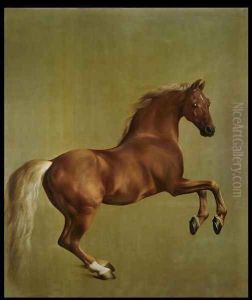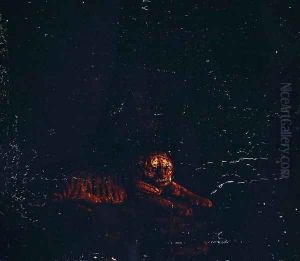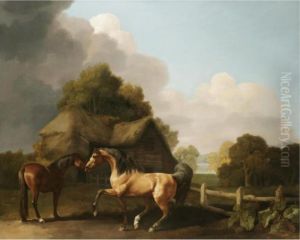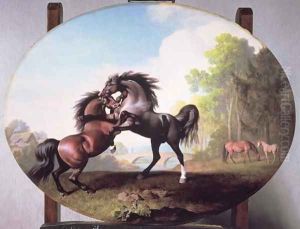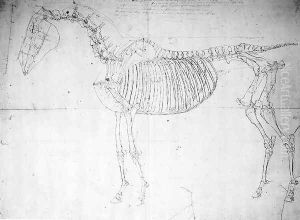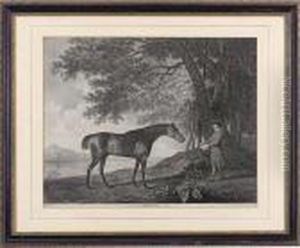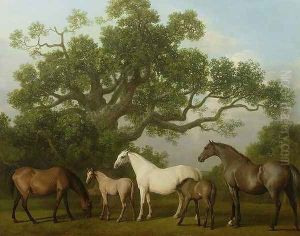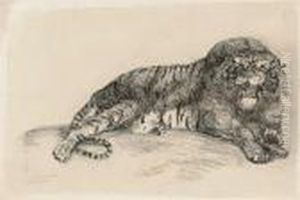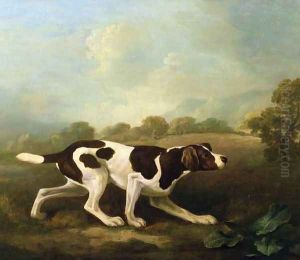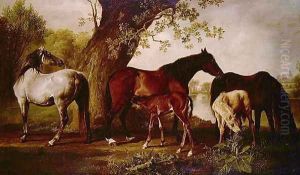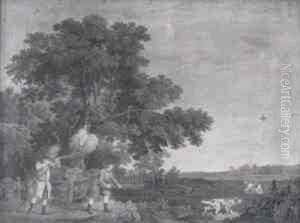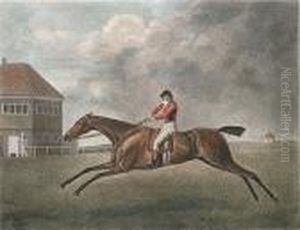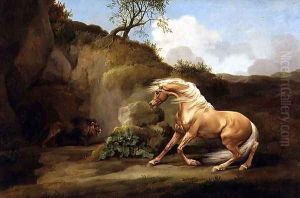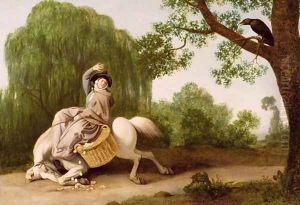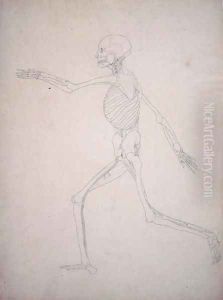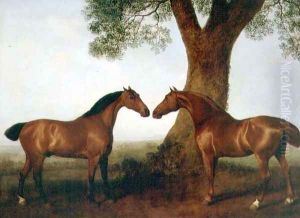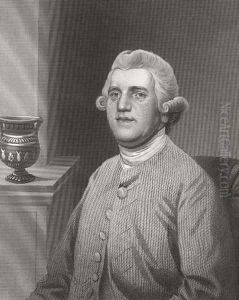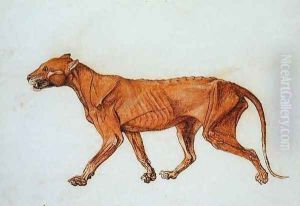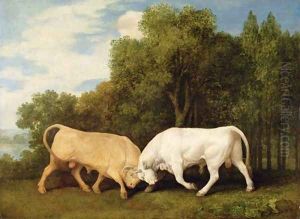George Stubbs Paintings
George Stubbs was an English painter, best known for his paintings of horses. Born in Liverpool on August 25, 1724, Stubbs was the son of a leather merchant who died when George was still young. He initially worked as his father's assistant but soon displayed a strong interest in art. At the age of 15, he began working for a Lancashire painter and engraver named Hamlet Winstanley, but he was largely self-taught. He spent a considerable amount of time studying anatomy, performing dissections, and preparing drawings of his observations, which later informed his remarkably accurate depictions of horses.
In 1754, Stubbs moved to Lincolnshire to spend 18 months dissecting horses, furthering his goal of understanding the animal's structure. He published 'The Anatomy of the Horse' in 1766, which included detailed engravings and was considered a significant work of scientific art. The publication established Stubbs as an authority on equine anatomy and bolstered his reputation as an artist.
Stubbs is most famous for his paintings of horses, including his well-known work 'Whistlejacket', painted in 1762. His approach was characterized by a dedication to realism and an almost scientific precision, which set his work apart from the more romanticized equestrian portraits of the time. His paintings often depicted horses with their grooms, in landscapes, or as portraits highlighting their individuality and grace.
Throughout his career, Stubbs also painted exotic animals, historical subjects, and portraits. He was a highly sought-after painter and received commissions from the nobility and gentry, who admired his ability to capture the elegance and power of their horses. Despite his success with equine subjects, he did not limit himself to this genre and continued to explore a range of subjects throughout his life.
George Stubbs remained active in his field until his death on July 10, 1806. He left behind a legacy as one of the most important and innovative animal painters of the 18th century. His work continues to be celebrated for its accuracy, beauty, and the insight it provides into the period's relationship with horses and the natural world.


